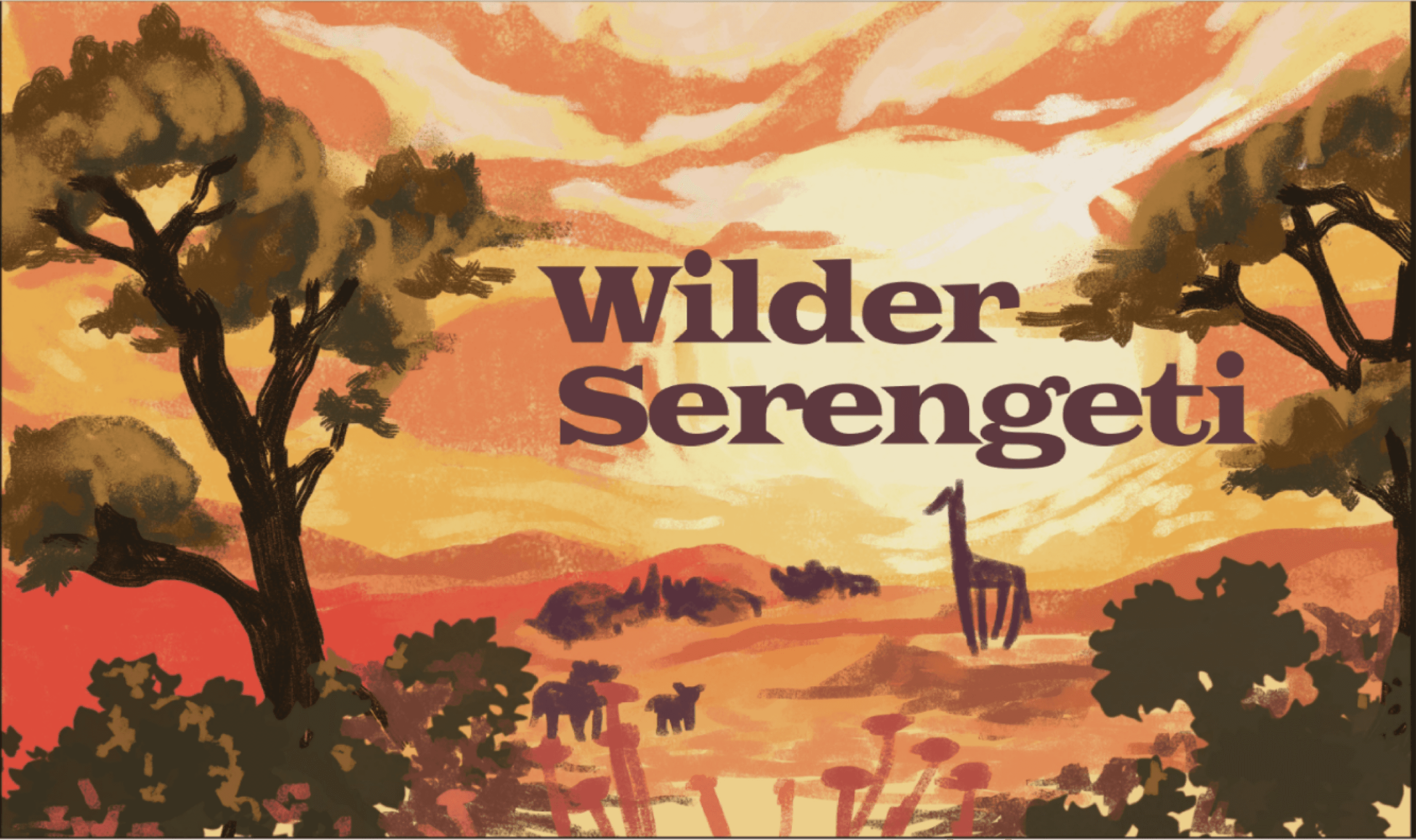
Basic Info
Title:
Wilder
Players:
3-6
Length:
45min
Age:
12+
Razor:
Wilder is a game about observing animal behaviors and conserving species and their habitat.
Slogan:
Observe and conserve.
Vision Statement:
“Wilder” is a laid back deduction game where players will assume the role of conservationist working to research and understand animal behaviors. Each player will simulate animals and their behaviors on the board while the rest try to describe the animals based on their behaviors. Use your conservation funding to prevent events from reshaping the environment and harming the animals you are trying to conserve.
Project Innovation
Innovation
Players get to control 3 animals that are not known to the rest of the other players. The game’s goal is to have players guess which animals each player has which can be interesting for players.
Relevance
While playing the game, players will get to learn about different kinds of animals and how they behave in different environments. The event cards that are drawn allow players to see what the environment does to the animals and puts that players in an animal conservation mindset to vote and prevent one event card from happening to the animals.
Selling points
Wilder has a lot of replayability where players will draw from a large set of animals to play, making the experience of the game different every play session. The aesthetics of the game can intrigue people to play the game for immersion of the Serengeti theme game theme.
Introduction
Premise & Theme
The premise of the game has players take the role of conservationists, trying to ensure the survival of their respectively-assigned animals for a day. They will make sure they are able to move around in the appropriate habitats and consume the proper food, as according to the relevant behaviours. The main goal is to become a well-informed conservationist - not just knowing the animals under your care, but keeping watch and understanding the other animals existing within the same environment, that belong to other players.
Setting
The game takes place in the Serengeti, in the natural habitats of the animals that live there.
Game Objective
The game objective is to utilize observation skills to identify the different animals present on the board accurately. There are also aspects of portraying your animal correctly. Additionally, being able to portray your animals well and ensure their survival.
Unique Elements
There is replayability where players get to play different animals every play session by drawing three animal cards to play from a large animals deck.
Narrative
There is no strong narrative/story.
Game Mechanics
Our core mechanics include: moving your mystery animals, observing others mystery animals and bidding on event cards. These actions will be taken every turn. This game is intended for all demographics and can be played by 3-12 players. To win the game players can score points by guessing other people’s animals and having their animals guessed. The game is all about trying to ack out your animal’s behavior on the board within the three rounds. Every round players will be presented with two events and be asked to help prevent one using conservation tokens.
Play Matrix
Wilder is more based on Skill than Chance. The Chance elements in the game come from what Animal the players get individually assigned and what Event cards are played together during the Event phase. The core gameplay relies entirely on player skill - observation and “putting together the pieces” when trying to figure out other players’ animals. Players also have to be able to keep track of the information they come across, again requiring observation and a keen eye.
There is little-to-no physical dexterity required to play Wilder. Players have to be able to move their pieces, take or place tokens, and jot down notes; these are the only real physical demands of the game. Mental calculation is needed for the game, as players need to be able to observe and gather information from player action, while keeping track of that and figuring out their conclusions.

